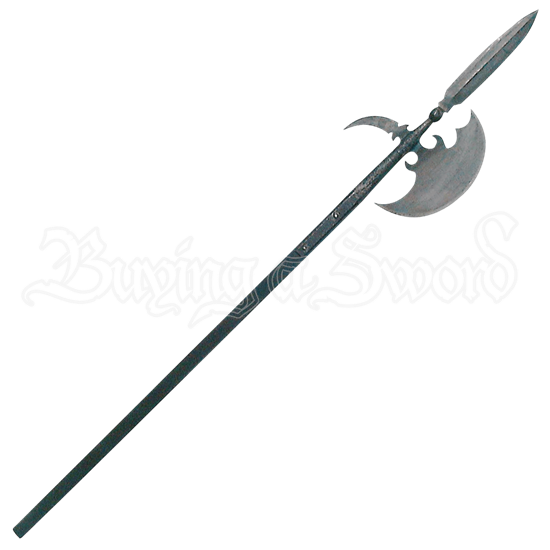Makerspace at the Fulton School
Halberd research
The halberd weapon’s origins can be traced to the Swiss armies of the 14th and 15th centuries. The weapon consists of an ax blade balanced by a pick with an elongated pike head at the end of the staff. It was usually about 1.5 to 1.8 metres (5 to 6 feet) long. It enabled a foot soldier to contend with an armoured man on horseback; the pike head was used to keep the horseman at a distance, and the ax blade could strike a heavy cleaving blow to finish the opponent. The blades of halberds took on a variety of shapes, often being engraved or inlaid and exquisitely finished as works of art. Concurrently with the disuse of armour and the development of firearms, the pike, or thrusting element, gradually displaced the cleaving element in such weapons.

The ji (halberd)was a Chinese polearm, often translated into English as spear or halberd, though they are fundamentally different weapons. They were used in one form or another for over 3000 years, from at least as early as the Zhou dynasty, until the end of the Qing dynasty.
A weapon called Fang Tianji appeared in the Song Dynasty. Although there is a halberd in the name, there is a decisive difference between the shape and the halberd that appeared in the Shang Dynasty. Fang Tianji can be regarded as a weapon developed from a gun, with meniscus-shaped blades on both sides of the gun tip. So although it is called a halberd, it is actually a long-handled knife used by both hands according to the ancient spectrum.

Recent Comments